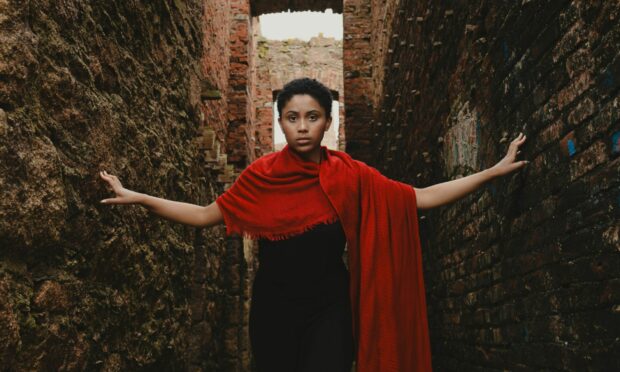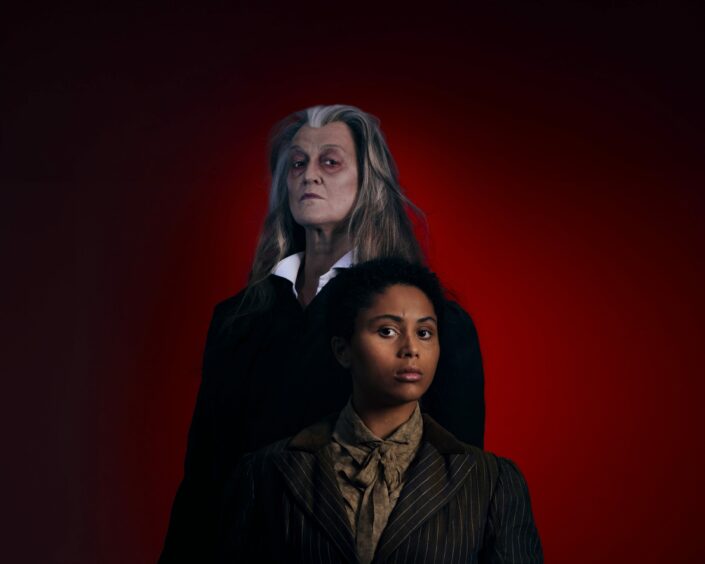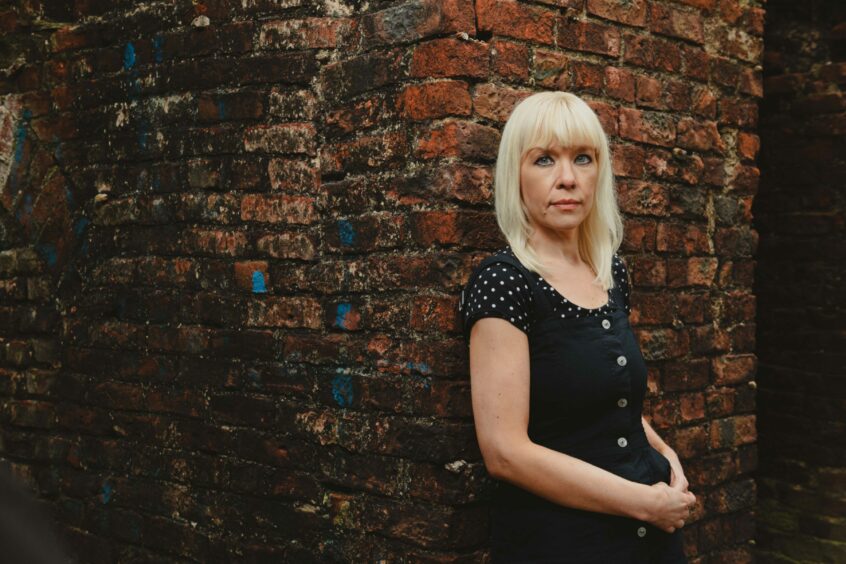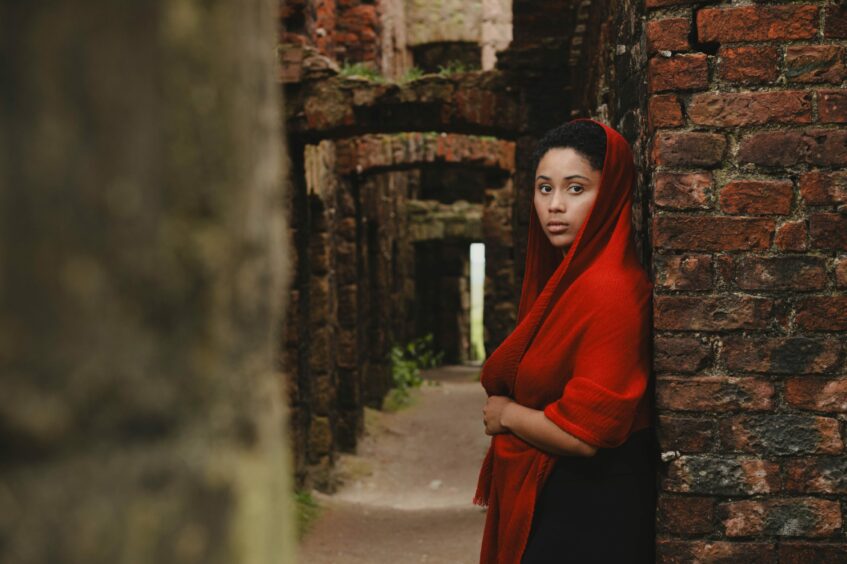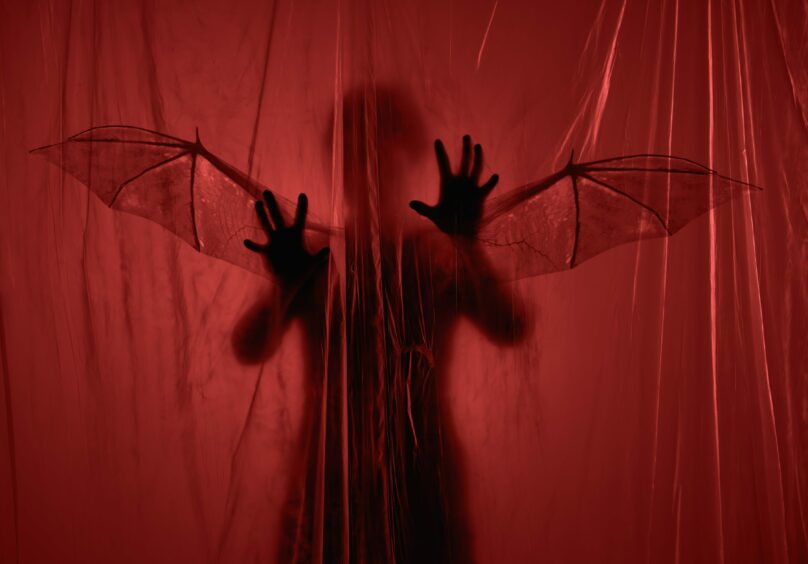I didn’t expect to walk out of Dracula: Mina’s Reckoning, the new – and occasionally terrifying – play at Aberdeen’s His Majesty’s Theatre, thinking about Barbie.
But the plastic doll, and more specifically the hugely successful movie on female empowerment it recently spawned, suddenly seemed like an appropriate measure of this entertaining two-hour take on Bram Stoker’s Victorian thriller about a 600-year-old blood-sucking vampire.
And it wasn’t simply because the play has a predominantly-female cast and crew.
Or that it centres around the character of Mina, who in the book is the slightly side-lined wife of solicitor Johnathan Harker.
No, it was more down to a speech made by Liz Kettle’s vivacious Dracula – all hair and flowing hems – in which she sells the life of a vampire as an antidote to the patriarchy.
Who needs men when the power of the night flows through your veins, she asks? All an independent woman needs is some pointy teeth and an insatiable appetite for blood.
Forget Barbenheimer, this play would make a far more interesting double-bill to the magnificently pink-hued and gloriously female-positive Barbie movie.
Get your tickets, everyone, it’s time for Barbula!
Bawdy jokes and pantomime theatricality
Mind you, to brand Dracula: Mina’s Reckoning as solely a feminist critique would be selling it short.
Elgin-born playwright Morna Pearson certainly sprinkles a few knowing barbs throughout her material.
But this is also a boisterous adaptation of Stoker’s 1897 book, complete with some very broad humour and at times an almost pantomime theatricality.
The play zips along, helped by bawdy jokes that suggests Pearson had fun writing it.
And while some of the action, certainly in the first half, put me in mind of Francis Ford Coppola’s 1992 movie, we are a long way from the gothic gloom of Stoker’s original.
Also, make sure you are back in your seat before the interval ends. The second half veers joyfully off into entirely fresh territory more akin to a revenge thriller.
“Wham, bam, thank you, Bram,” Pearson seems to have said, “but I’ll take it from here”.
North-east roots ramp up the laughs
And this is before you consider the main buzz around this play before its debut in Aberdeen last weekend (the show is at the HMT until Saturday 9 and in Eden Court, Inverness, from September 28 to 30).
Billed as a “uniquely Scottish version” of the Stoker classic, Dracula: Mina’s Reckoning is even more parochial than that.
This is very much a north-east play, partially set inside an Aberdeen women’s asylum in the late 1800s.
The inspiration is clearly Cruden Bay’s Slains Castle, which was an inspiration for Stoker himself when creating the vampiric count.
Most of the characters including Mina, Johnathan and Mina’s friend Lucy are changed from the original’s well-heeled Victorian gentlemen and ladies into rough-speaking Aberdeenshire folk, spitting out ‘faes’ and ‘fit likes’ as if they’re chewing on a pie in Pittodrie.
This is largely played for laughs.
Indeed, one of Johnathan’s character traits is that he likes to eat, and his cross-European trip to Transylvania is mainly a chance for him to describe a croissant he eats in Paris as a cross between a buttery and a “delicious cloud”.
Many of the cast are north-easters, though some have trouble with the doric-flecked vowels.
Meanwhile, Van Helsing, the vampire hunter that for the first half of the play leads the attack on Dracula, has for some reason an extremally broad South African accent that veers just inches away from the Dutch villain Goldmember in the third Austin Powers movie.
Jump scares and lighting
Importantly, Dracula retains the Transylvanian drawl, and Kettle plays it magnificently.
She also gets the best frights, some of which had the audience jumping out of their seats.
The scares are magnified by the superb multi-level set design, which invariably turns the stage from asylum to tall-sailed ship to the foreboding home of the Transylvanian count and back again, all in the flick of a lighting switch.
Meanwhile, there is a good joke about golf, a dig at the Press and Journal and a mention of the Fittie Bar.
The Aberdeen audience lapped it up.
Whether the references will go down as well with people in Inverness, Dundee, Edinburgh and Coventry, where the touring show heads next, remains to be seen.
Let’s just hope they understand the accents.
To book tickets for Dracula: Mina’s Reckoning, click here.
